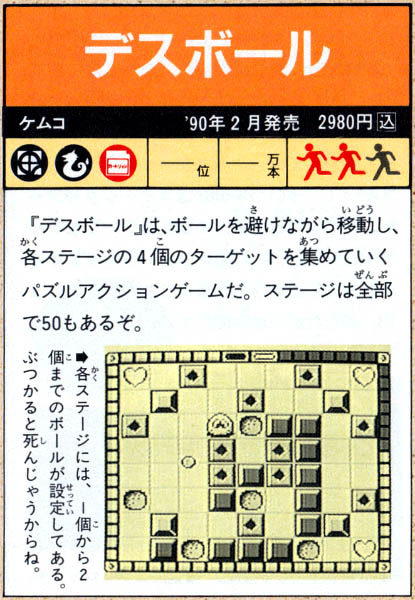03/30/2013: context

A single screenshot of a gameboy game, removed from context, printed (giving it a new quality), scanned (recontextualizing that quality), transforming between mediums. The game itself is gone. Instead we’re left with the ruins of systems, vague glimpses of a world we never got to experience. When I was 10 I obtained a Final Fantasy 8 strategy guide but I had never played the game. On road-trips I would take it with me for the next year and spend a lot of time skimming through the pages and piecing together ideas of what that world could possibly be like. All the spreadsheets of stats, names, images: I created a whole other game from loose information. When I tried playing it last year all I could feel was disappointment.
The things surrounding games- rumors, beta screenshots, packaging, promotions- tend to lend a feeling of depth to worlds that when actually confronted isn’t there. The information we’re given about these digital spaces tends to act as a way to fill in the gaps in what we’re seeing. Those old NES manuals where the enemies and characters are all laid out, with descriptions and stories, tiny mythologies, exist almost entirely outside of the context of the game itself. We only see those stories in glimpses: bits of dialogue or images between levels, to give the illusion of a purpose/goal. When the game itself is removed though there’s no gaps to fill- instead you’re just left with disjointed information surrounding it.
I like to think there’s something deeply exciting about removing things we’re used to seeing from their expected scenario- forest clearings filled with furniture (laid out like a nice dining room), office-desks replacing bus seats, factories scattered across empty prairies- constantly taking things we know and trying to understand them through varying lenses to create entirely new meanings. I always feel like the things that could exist are more interesting than what’s actually there.